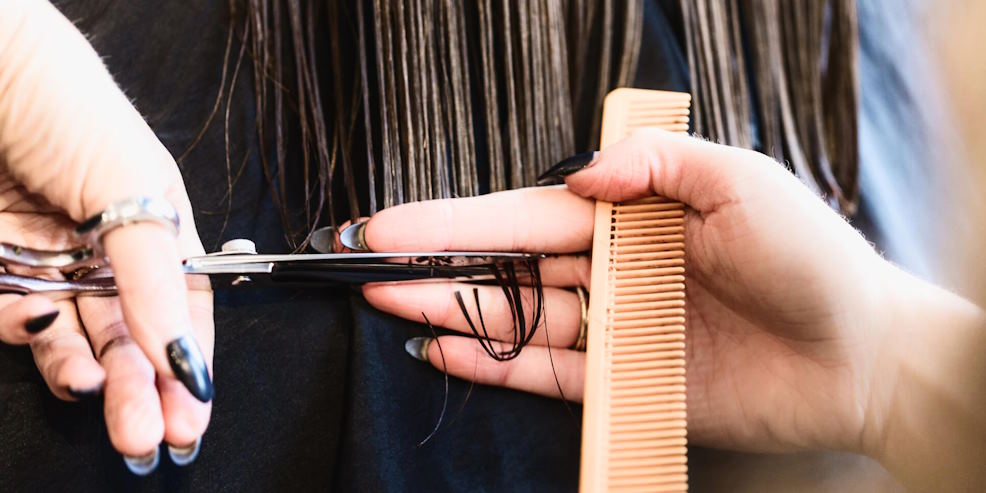
Debunking Widespread Myths About Hair Products
A wide range of myths pervade the realm of hair care, often misleading consumers in their pursuit of vibrant and healthy hair.
What are widespread myths?
Expensive products are always better
While some high-end hair care products may contain luxurious components and advanced formulations, price alone does not guarantee effectiveness. Many affordable options offer excellent results, as they often contain similar active components found in more expensive brands. Therefore, it’s essential to assess a product’s ingredients, formulation, and reviews rather than solely relying on its price tag.
Natural ingredients are always safer
While many individuals generally tolerate natural ingredients, they are not inherently safer than synthetic counterparts. Some natural ingredients can cause allergic reactions or sensitivities, just like synthetic ones. Conversely, many synthetic compounds are thoroughly tested for safety and efficacy, ensuring they meet strict regulatory standards. The key is to prioritize individual sensitivities and preferences when choosing hair care products, whether they contain natural or synthetic ingredients.

More lather equals better cleaning
Contrary to popular belief, a shampoo’s amount of lather does not necessarily indicate its cleansing power. While some people associate abundant lather with effective cleaning, it’s important to note that sulfates, which are responsible for lathering, can strip away natural oils from the hair and scalp. Low-lather or sulfate-free shampoos can cleanse the hair effectively without causing dryness or irritation, making them suitable for individuals with sensitive or dry scalps.
Cutting hair frequently makes it grow faster
Regularly trimming hair is essential for maintaining its health and preventing split ends, but it does not directly affect the rate of hair growth. Hair growth occurs at the scalp, where hair follicles produce new strands. Trimming the ends of the hair can help prevent breakage and split ends, making the hair appear healthier and potentially contributing to longer lengths over time. However, it does not stimulate the scalp or affect the rate at which hair grows from the roots.
Hair products can repair split ends
After split ends form, hair care products can’t completely repair them. Although some products might promise to mend or temporarily seal split ends, these effects are usually superficial and short-lived. The only lasting solution for split ends is to trim them off. Regular trims every six to eight weeks can prevent split ends from worsening and contribute to the overall health and appearance of your hair.

 Find your beauty inspiration with Lumination Salon. Our blog covers a wide range of topics from skincare to makeup, offering expert guidance to help you achieve your dream look.
Find your beauty inspiration with Lumination Salon. Our blog covers a wide range of topics from skincare to makeup, offering expert guidance to help you achieve your dream look.